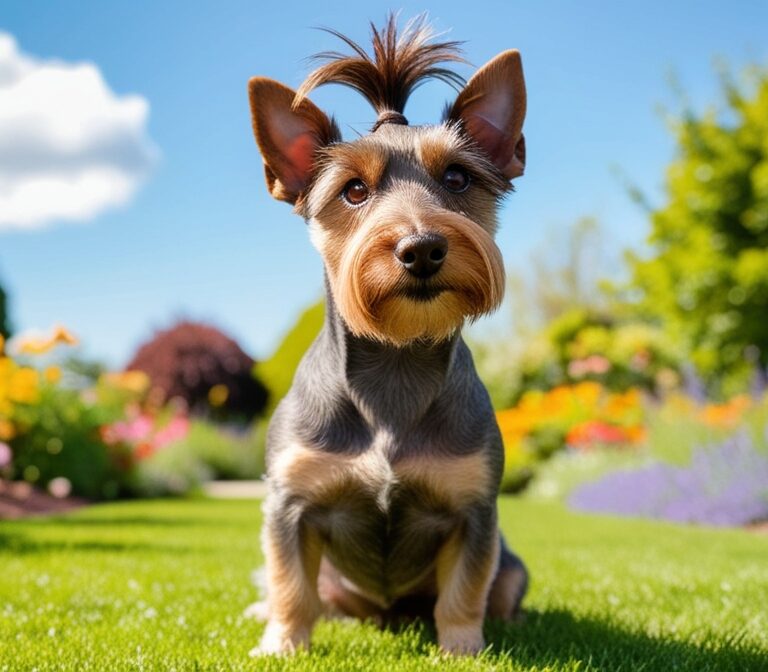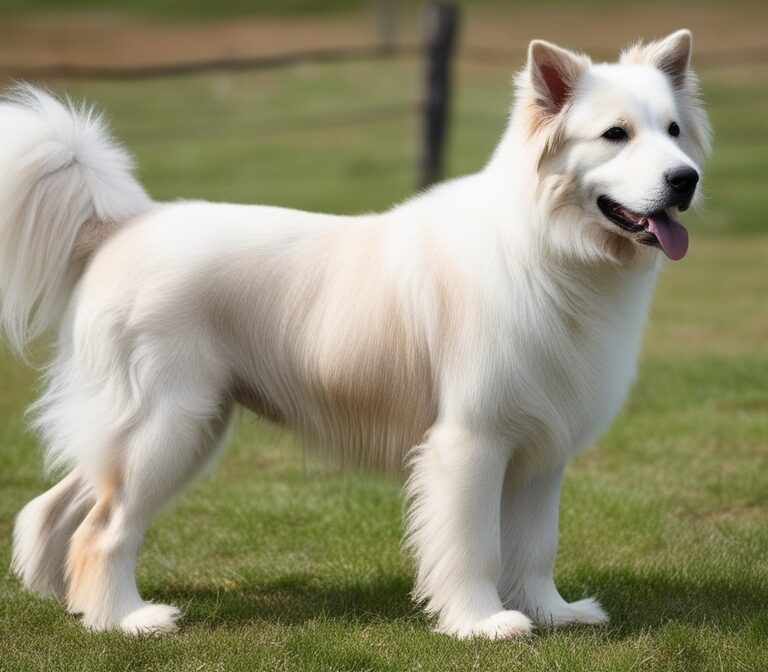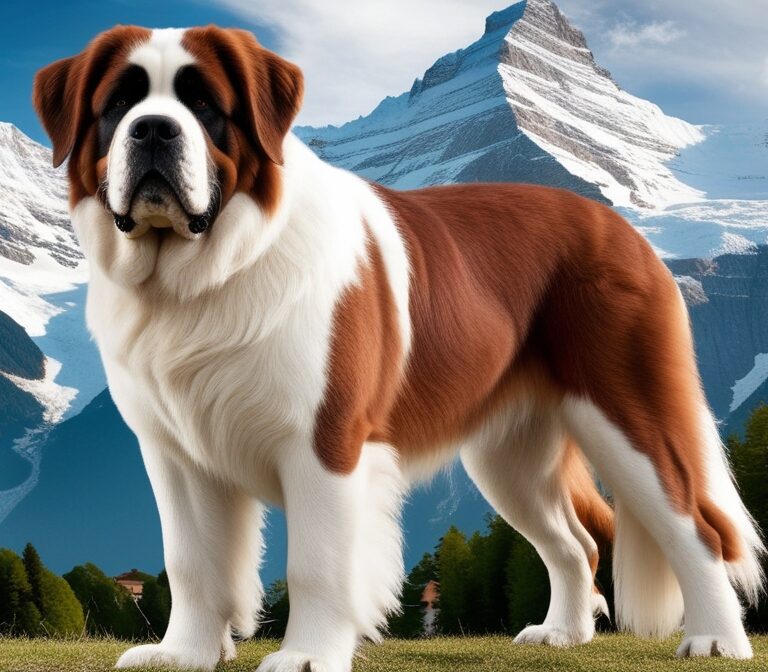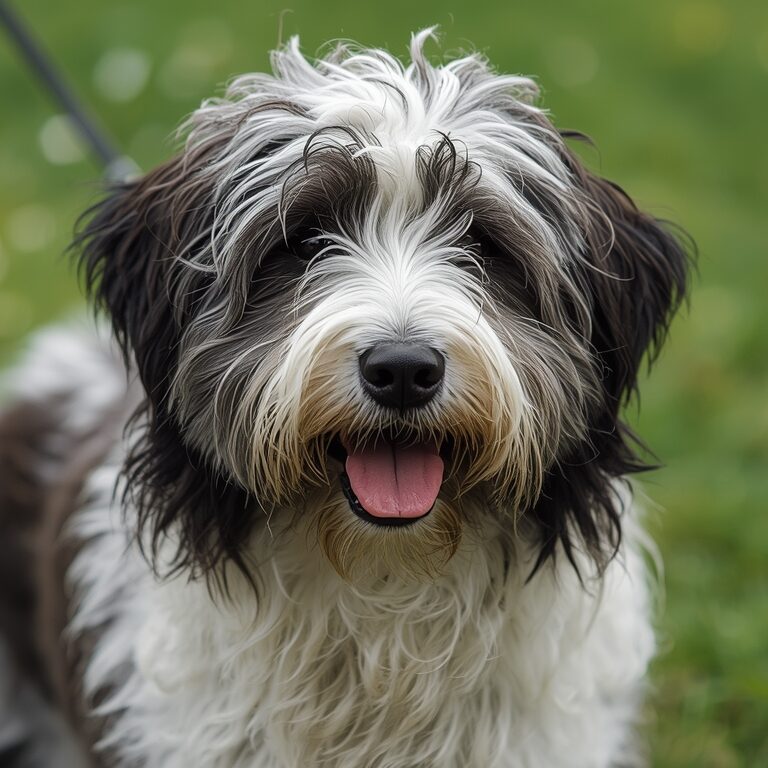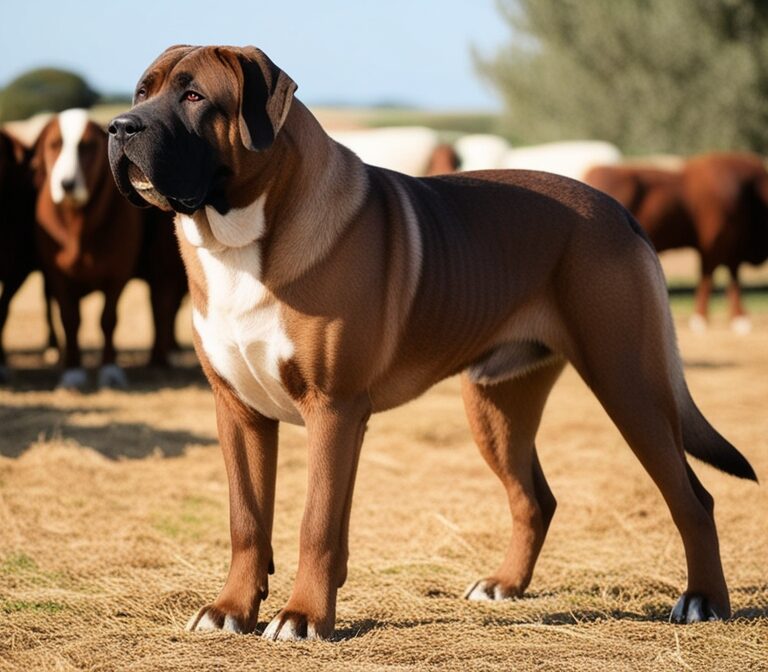Hovawart: The Loyal Guardian Dog You Need to Know
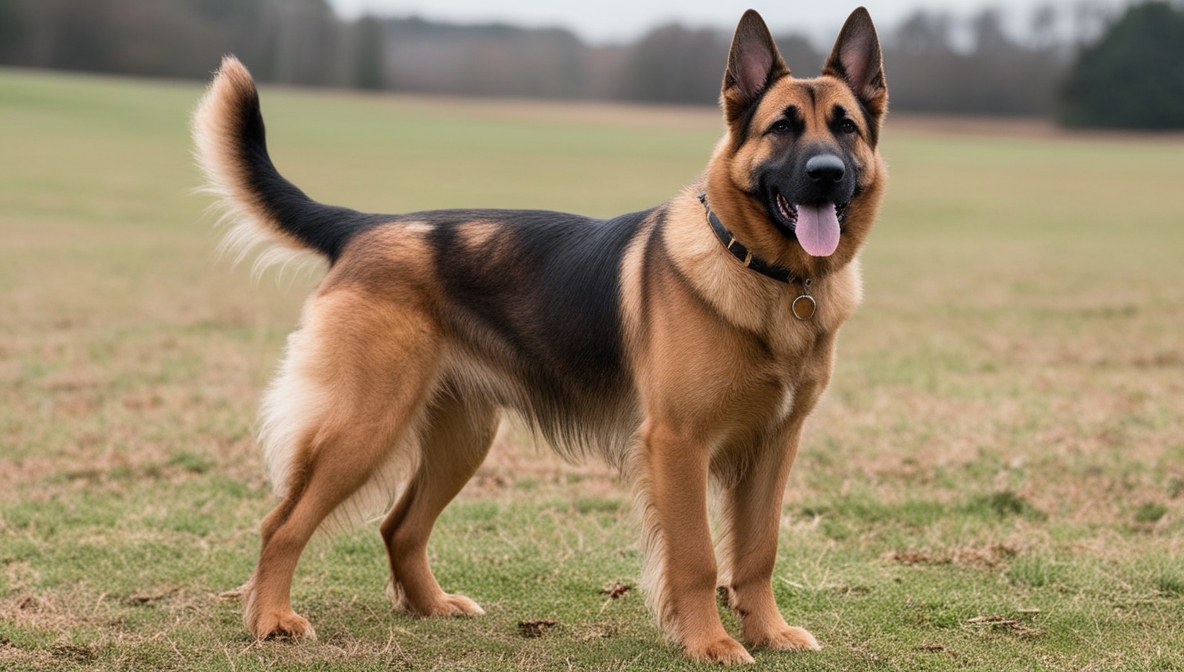
Introduction
The Hovawart is a breed that perfectly embodies the qualities of loyalty, intelligence, and protection. Often referred to as one of Europe’s hidden gems in the canine world, the Hovawart is a versatile working dog with a centuries-old history. Its very name, derived from the German words “Hof” (meaning farm or estate) and “Wart” (meaning guardian), reflects the breed’s original purpose: to guard homes, farms, and livestock.
While the Hovawart is less commonly known outside of Europe, those who share their lives with this breed often describe them as steadfast protectors, devoted family members, and tireless workers. Their natural guarding instincts make them excellent watchdogs, yet they also possess a warm and affectionate side that makes them cherished companions. For families seeking a dog that combines strength and vigilance with love and loyalty, the Hovawart is a breed worth getting to know.
This article provides an in-depth look at the history, physical traits, temperament, training, health, and lifestyle needs of the Hovawart. By the end, you will understand why this breed has maintained its place as a trusted guardian for centuries and why it continues to win hearts today.
The Origins of the Hovawart
The history of the Hovawart stretches back to medieval Germany, where these dogs were prized for their ability to guard estates and farms. References to the Hovawart appear in legal texts as early as the 13th century, with mentions in German dog laws that recognized the breed as a valuable working companion. Their role was clear: protect property, livestock, and families from thieves, intruders, and wild predators.
These early Hovawarts were not only protectors but also versatile farm dogs. They herded animals, tracked game, and worked alongside farmers in everyday life. However, as time passed and more specialized breeds emerged, the Hovawart nearly disappeared. By the 19th century, it was at risk of extinction, overshadowed by breeds such as the German Shepherd, Rottweiler, and Leonberger.
Fortunately, a group of German enthusiasts, led by zoologist Kurt F. König, undertook efforts in the early 20th century to revive the breed. By selectively breeding farm dogs that still displayed the original traits of the Hovawart, they were able to re-establish the breed. Bloodlines from German Shepherds, Newfoundlands, Leonbergers, and Kuvasz may have also played a role in the restoration. The result was the modern Hovawart, a dog that retained the guarding instincts and versatility of its ancestors while becoming more adaptable to family life.
In 1937, the breed was officially recognized by the German Kennel Club, and in 1964, the Fédération Cynologique Internationale (FCI) granted recognition. Although still relatively rare outside of Europe, the Hovawart is gaining attention globally as more people discover its unique blend of loyalty, protection, and companionship.
Physical Characteristics of the Hovawart
The Hovawart is a medium-to-large working breed, well-proportioned and athletic, built for endurance and agility rather than sheer bulk. Males typically stand between 25 and 28 inches tall at the shoulder and weigh 66 to 90 pounds, while females stand between 23 and 26 inches and weigh 55 to 77 pounds. This size gives them a strong yet manageable presence, striking a balance between power and agility.
One of the most distinctive features of the Hovawart is its long, slightly wavy coat, which gives the breed a majestic appearance. The coat is weather-resistant, allowing the dog to thrive in outdoor conditions. There are three recognized coat colors: black, blonde, and black-and-gold. The black-and-gold pattern is particularly striking, resembling that of a Rottweiler, with rust-colored markings on the legs, chest, and face. The blonde Hovawart has a golden coat that ranges from light cream to darker shades, while the solid black variety exudes elegance and strength.
The head of the Hovawart is strong but not heavy, with expressive almond-shaped eyes that reflect intelligence and alertness. The ears are medium-sized, triangular, and set high, hanging close to the head. Their tails are long, bushy, and carried low when relaxed or raised slightly when the dog is alert. The overall impression of the breed is one of nobility, confidence, and balance.
Temperament and Personality
The Hovawart is best known for its unwavering loyalty and natural guarding instincts. These dogs take their role as protectors seriously, making them excellent watchdogs and family guardians. Unlike some breeds that bark excessively, the Hovawart is known for being discerning; they will alert their family to genuine threats but are not prone to unnecessary noise.
Loyalty is one of the defining traits of the Hovawart. Once bonded with its family, the dog is deeply devoted and protective. This makes them especially good with children, as they are patient, gentle, and watchful. However, because of their size and strength, supervision around very young children is recommended to prevent accidental knocks or bumps.
The Hovawart is not only protective but also affectionate. They thrive on companionship and enjoy being part of family life. They are happiest when included in daily routines, whether that means going for walks, joining in outdoor play, or simply relaxing at home with their people. This breed does not do well if left alone for long periods, as isolation can lead to frustration and unwanted behaviors.
While the Hovawart is naturally reserved around strangers, proper socialization ensures they are polite and well-mannered in new situations. With other pets, they can coexist peacefully when introduced correctly, though their guarding and territorial instincts may come into play.
Training the Hovawart
The Hovawart is an intelligent and independent breed, which means training requires patience, consistency, and mutual respect. They are quick learners but may show a stubborn streak if training methods are harsh or overly repetitive. Positive reinforcement is key to success with this breed, as they respond best to praise, treats, and play.
Early training is critical, especially because of the breed’s protective nature. Puppies should be introduced to basic commands such as sit, stay, come, and heel as soon as possible. Socialization is equally important. Exposing the puppy to different people, places, sounds, and other animals will help develop a confident and well-adjusted adult dog.
One of the challenges of training a Hovawart is balancing its independence with its need for leadership. These dogs respect confident owners who provide clear, consistent guidance without resorting to force. They are natural problem-solvers and often excel in advanced obedience, agility, tracking, and even search-and-rescue work. Because of their strong guarding instincts, they also do well in protection sports when trained responsibly.
Training should be viewed as an ongoing process rather than a one-time effort. The Hovawart enjoys mental stimulation and thrives when given opportunities to learn new tasks or challenges. Owners who invest time and effort into training will be rewarded with a highly responsive, obedient, and devoted companion.
Exercise and Activity Needs
The Hovawart is an active working breed that requires regular exercise to maintain both physical and mental health. Daily activity is essential, and without it, the dog may become bored or frustrated.
At least one to two hours of exercise per day is recommended, including brisk walks, runs, or vigorous play sessions. These dogs enjoy outdoor activities such as hiking, swimming, and running alongside bicycles. Their endurance and stamina make them excellent companions for active individuals and families.
In addition to physical exercise, the Hovawart needs mental challenges. Puzzle toys, scent games, and obedience training are great ways to keep their intelligent minds engaged. Activities that mimic their original working purpose, such as guarding or tracking exercises, are especially fulfilling.
It is important to note that while the Hovawart loves exercise, it also enjoys relaxing with its family. They are not hyperactive dogs that demand constant movement but rather balanced companions that thrive on a mix of activity and downtime.
Health and Lifespan
The Hovawart is generally a healthy and robust breed, thanks in part to careful breeding practices aimed at maintaining genetic diversity. With proper care, these dogs typically live between 10 and 14 years, which is relatively long for a breed of their size.
Like all breeds, the Hovawart is susceptible to certain health issues. Hip dysplasia is the most common concern, as it affects many medium-to-large breeds. Responsible breeders screen their dogs for hip health to minimize the risk of passing on this condition. Other potential health problems include hypothyroidism, heart conditions, and certain types of cancer.
Routine veterinary care, a balanced diet, and regular exercise are essential for keeping the Hovawart healthy. Preventive measures such as vaccinations, parasite control, and dental care also contribute to overall well-being. Owners should monitor their dogs for signs of joint discomfort, weight gain, or changes in behavior that could signal health concerns.
Grooming and Maintenance
The Hovawart has a long, weather-resistant coat that requires regular grooming. While not as demanding as some long-haired breeds, weekly brushing is recommended to prevent tangles and remove loose hair. During seasonal shedding periods, more frequent brushing may be necessary.
Bathing should be done only as needed, as over-bathing can strip the coat of its natural oils. The ears should be checked regularly for signs of infection or buildup, especially because of their floppy shape, which can trap moisture. Nail trimming should be part of the grooming routine, along with dental care to maintain oral health.
Overall, the grooming requirements of the Hovawart are moderate and manageable for most owners, particularly when brushing becomes a bonding activity between dog and owner.
Nutrition and Feeding
A well-balanced diet is essential for supporting the energy and health of the Hovawart. High-quality dog food, whether commercial or home-prepared under veterinary guidance, should provide the necessary protein, fats, vitamins, and minerals.
Because of their active lifestyle, Hovawarts benefit from diets that support joint health, such as those containing glucosamine and omega-3 fatty acids. Portion control is important to prevent obesity, which can strain the joints and shorten lifespan. Feeding two meals a day rather than one large meal can help reduce the risk of bloating, a condition that sometimes affects large, deep-chested breeds. Fresh water should always be available, and dietary adjustments should be made according to age, activity level, and health status.
Living with a Hovawart
The Hovawart thrives in homes where it can be both a protector and a companion. This is not a breed suited for apartment living, as it needs space to move and exercise. A house with a secure yard is ideal, allowing the dog to patrol and satisfy its natural guarding instincts.
These dogs are happiest when they feel included in family life. They should not be left outside alone for long periods, as they crave companionship and interaction. When integrated into the household, they become deeply devoted and affectionate, forming strong emotional bonds.
Climate is another consideration. Thanks to their dense coat, Hovawarts handle cold weather well, but they may struggle in extreme heat. Owners in warmer regions must provide shade, fresh water, and limit activity during hot hours.
Comparison with Other Breeds
When comparing the Hovawart to other working and guardian breeds, its unique qualities become clear. Unlike the German Shepherd, which is highly popular and often used in police and military roles, the Hovawart has retained a stronger emphasis on family guardianship. Compared to the Rottweiler, the Hovawart tends to be less intense and more balanced in temperament, making it easier for some families to manage.
The Hovawart also shares similarities with breeds like the Leonberger and Newfoundland due to its coat and build, but it remains more agile and less massive. What sets the Hovawart apart is its rare combination of independence, devotion, and natural guarding ability, wrapped in a breed that is both noble and approachable.
Why Choose a Hovawart
Families and individuals who choose the Hovawart often do so because of its loyalty, protective instincts, and affectionate personality. It is a breed that thrives on partnership with humans, offering companionship as much as protection. Their balanced nature means they can be both vigilant guardians and gentle family members, excelling in households that value loyalty and security.
However, the breed is not for everyone. The Hovawart requires consistent training, regular exercise, and close companionship. Potential owners should be prepared to invest time and effort into raising and maintaining this intelligent and sometimes independent dog. In return, the rewards are immense: a devoted friend, a reliable protector, and a dog with a heart as big as its presence.
Conclusion
The Hovawart is a breed that deserves recognition far beyond its native Germany. With roots stretching back to medieval times, this loyal guardian has proven itself as both a protector and a loving family companion. Its combination of strength, intelligence, and devotion makes it an exceptional breed for those who can meet its needs.
Whether standing watch over a farm, accompanying a family on outdoor adventures, or simply lying at the feet of its owners, the Hovawart embodies the qualities of loyalty, courage, and love. For those seeking a noble, protective, and affectionate breed, the Hovawart is truly the loyal guardian dog you need to know.
